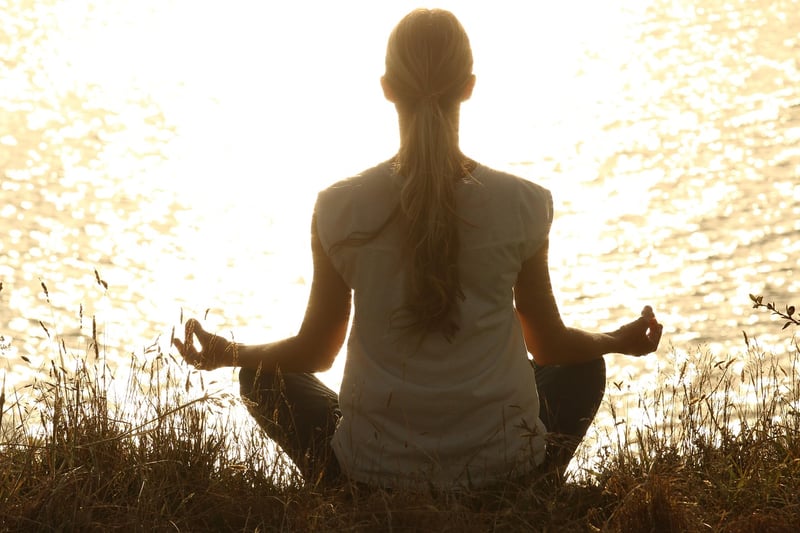Restorative
The Power of Physical and Mental Practice Combined with Restorative Techniques
In today's fast-paced world, it's crucial to find a balance between physical and mental well-being. Incorporating both physical and mental practices into your routine, along with restorative techniques, can have a profound impact on your overall health and happiness.
Physical Practice
Engaging in regular physical activity is essential for maintaining a healthy body and mind. Whether it's going for a run, joining a yoga class, or hitting the gym, physical exercise not only strengthens your muscles and improves cardiovascular health but also releases endorphins, which are known as the "feel-good" hormones.

Benefits of Physical Practice:
- Boosts mood and reduces stress
- Increases energy levels
- Improves sleep quality
- Enhances overall physical health
Mental Practice
Just as important as physical exercise is mental practice. Engaging in activities that stimulate the mind, such as meditation, mindfulness, or journaling, can help reduce anxiety, improve focus, and enhance cognitive function.

Benefits of Mental Practice:
- Reduces anxiety and depression
- Enhances focus and concentration
- Promotes emotional well-being
- Boosts creativity
Restorative Techniques
Restorative techniques are essential for allowing your body and mind to recharge and rejuvenate. Practices like deep breathing exercises, taking a warm bath, or spending time in nature can help reduce stress levels and promote relaxation.

Benefits of Restorative Techniques:
- Reduces stress and promotes relaxation
- Improves overall well-being
- Enhances quality of sleep
- Boosts mood and mental clarity
By incorporating physical and mental practices into your routine and utilizing restorative techniques, you can achieve a harmonious balance that nurtures both your body and mind. Remember, taking care of yourself is not a luxury but a necessity for a fulfilling and healthy life.
